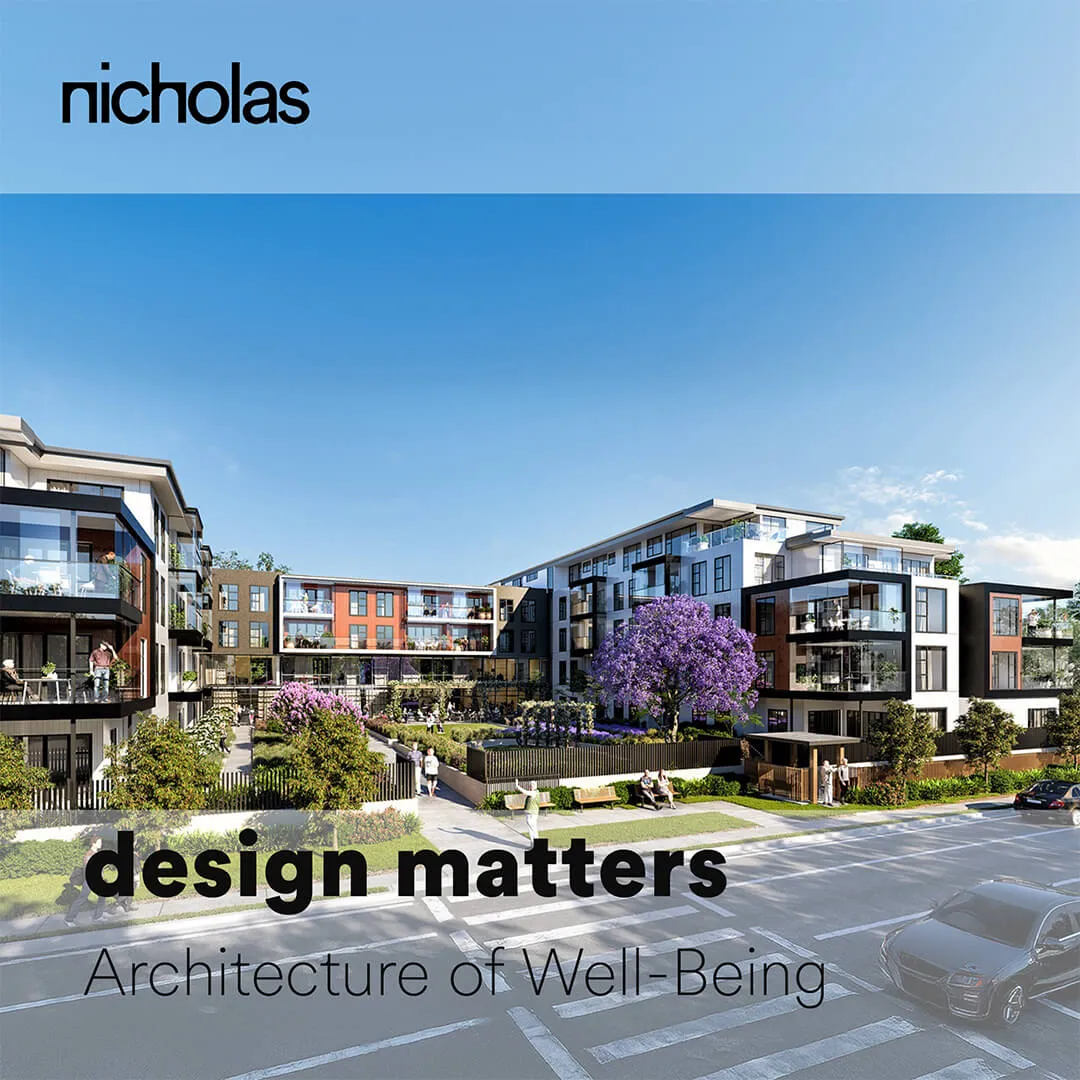
The architecture of well-being is becoming the new design imperative. Not a trend, not a passing craze, not an extravagance – but a necessity.
In 2025, spaces must not only protect, but respond – to the needs of the body, the rhythms of nature, and emotional calm. A new era of healing design is emerging.
Well-being development is regenerative and goes beyond sustainability - it heals landscapes and local communities. It draws on the wisdom of the past, local materials, craftsmanship, and a respectful relationship with the Earth.
Harmonic and quiet architecture is gaining importance - design that is not just visual but resonates with our bodies and nervous systems. Natural materials, proportions, and acoustics create spaces that foster calm and concentration.
Analogue spaces are becoming increasingly valuable – environments free from technological overload and EMF radiation. Designing such places improves sleep quality, focus, and regeneration.
In this context, the importance of low-emission environments is rising - spaces disconnected from sensory excess, digital noise, and electromagnetic pollution. These spaces restore biological balance, enhance sleep, sharpen focus, and strengthen mental resilience.
Why is this so important?
Because we are no longer just designing buildings – we are shaping the conditions for life, health, and meaningful existence. Architecture that listens to humans is beginning to understand them.
Conscious design is becoming a form of care – for people, for the planet, and for the future.